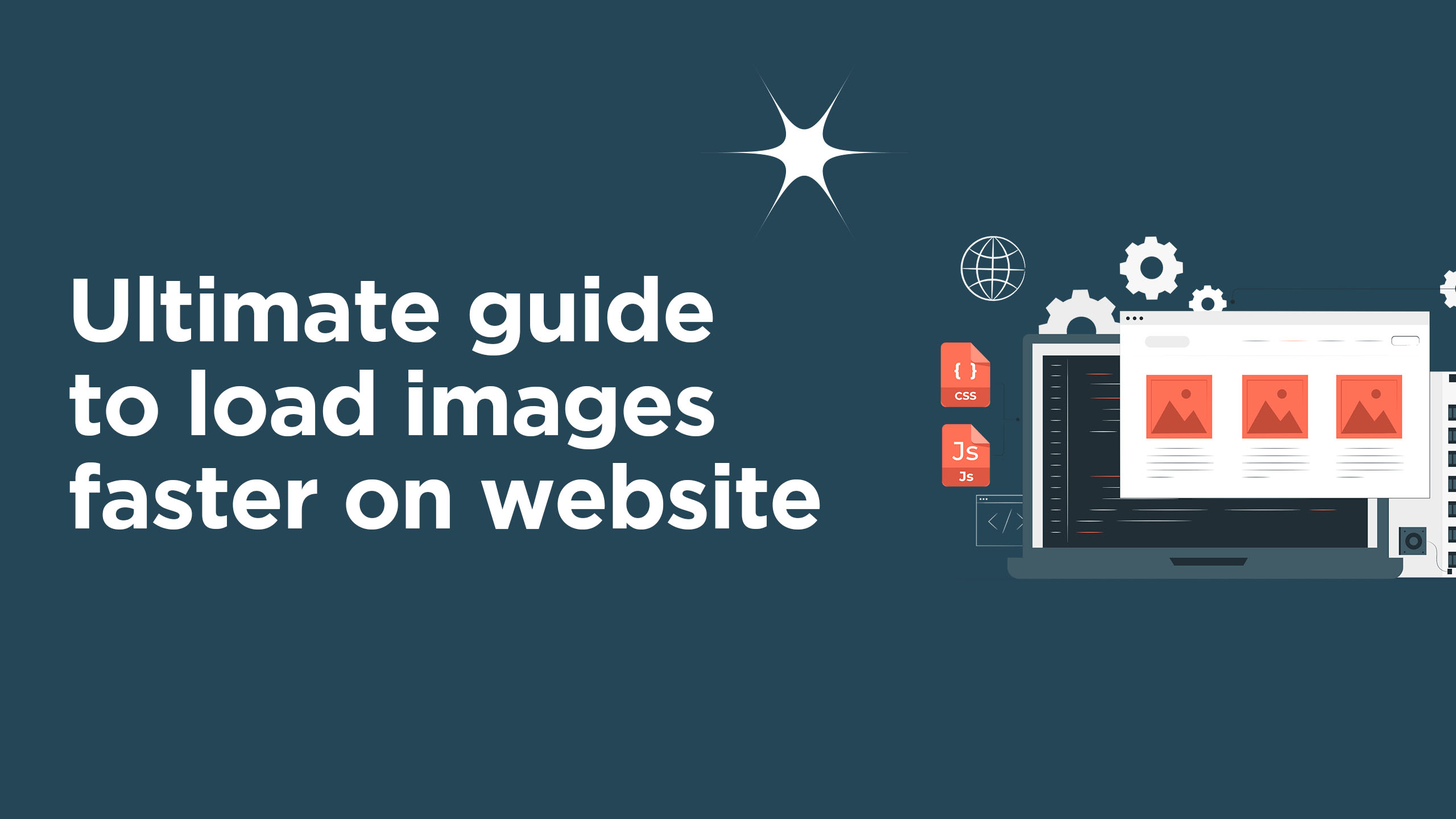The ultimate Guide to make images load faster on website
 Rafi kadir
Rafi kadir
Images are an important part of any website, but they can also slow down the loading speed of your pages. Slow loading times can negatively impact user experience and even affect your website's search engine rankings. In this ultimate guide, we'll cover everything you need to know to make images load faster on your website.
Compress your images: Large image files can significantly slow down your website's loading speed. Compress your images using tools like TinyPNG, Kraken.io, or ImageOptim to reduce file size without compromising image quality.
Use the right image format: Different image formats have different file sizes and load times. Use JPEG for photographs and PNG for graphics and logos. Avoid using BMP or TIFF formats as they have larger file sizes.
Resize your images: Large images take longer to load than smaller ones. Resize your images to the appropriate size before uploading them to your website. Use CSS to adjust the display size of the images if needed.
Use lazy loading: Lazy loading is a technique that loads images only when they are visible on the screen. This can significantly improve your website's loading speed. Use plugins like Lazy Load or WP Rocket to enable lazy loading on your website.
Leverage browser caching: Browser caching allows your website to store images and other resources on the user's computer so they don't have to be loaded every time the user visits your website. Use plugins like WP Super Cache or W3 Total Cache to enable browser caching on your website.
Use a content delivery network (CDN): A CDN distributes your website's resources across multiple servers around the world, making them load faster for users in different locations. Use CDNs like Cloudflare, Amazon CloudFront, or MaxCDN to improve your website's loading speed.
Optimize your website's code: Bloated code can slow down your website's loading speed. Optimize your website's HTML, CSS, and JavaScript code to reduce its size and improve its loading speed.
Use responsive images: Responsive images are images that adjust to the user's screen size and resolution, reducing the amount of data that needs to be loaded. Use responsive images with the srcset and sizes attributes to improve your website's loading speed on different devices.
Minimize HTTP requests: The more HTTP requests your website makes, the slower it will load. Minimize the number of HTTP requests by combining CSS and JavaScript files, using CSS sprites, and reducing the number of images on your website.
Subscribe to my newsletter
Read articles from Rafi kadir directly inside your inbox. Subscribe to the newsletter, and don't miss out.
Written by

Rafi kadir
Rafi kadir
Hello, I am Rafi kadir and I am from Bangladesh. Taking Web Development as a profession not only fulfills my pocket but also my heart because it has been my passion since my early teenage.